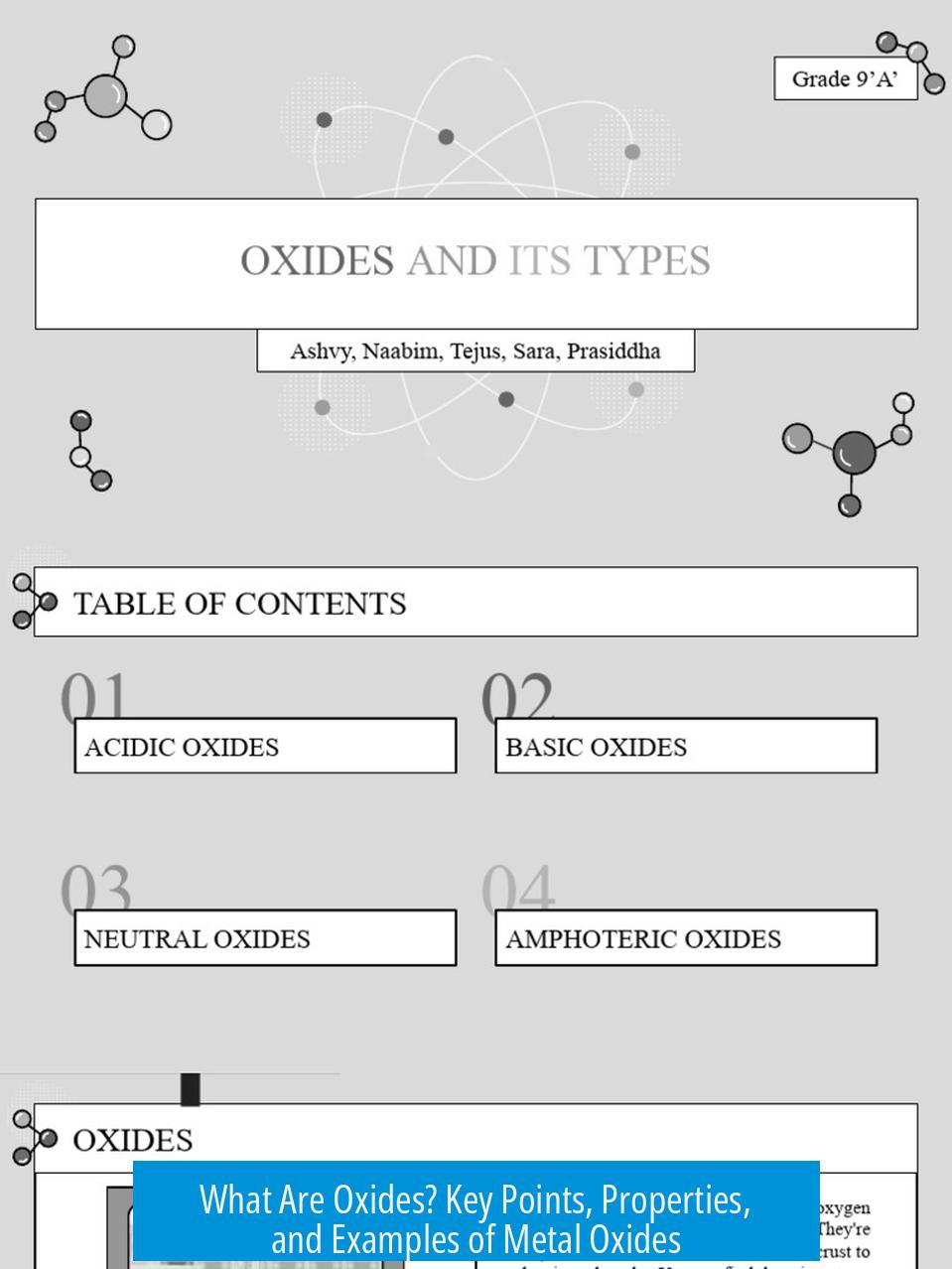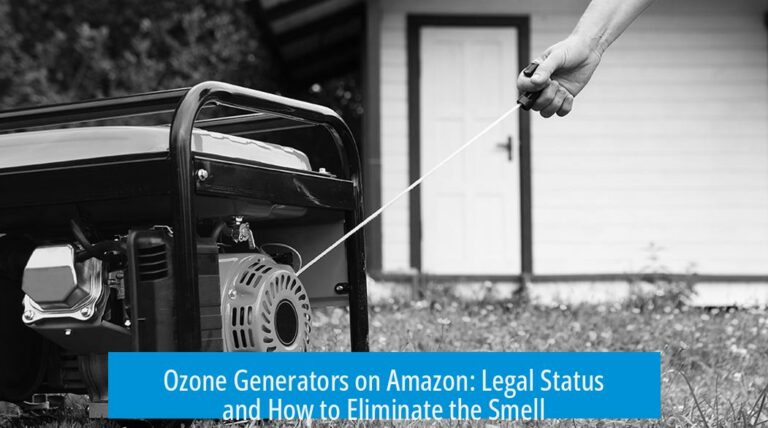What Are Oxides?
Oxides are chemical compounds formed when oxygen chemically bonds with a metal or another element, resulting in substances with properties distinct from their original components. This bonding creates new compounds, not mere mixtures.
Understanding Oxides: Compound vs. Mixture
The distinction between compounds and mixtures is essential to understand oxides. While a mixture physically combines elements, a compound involves chemical bonds holding elements together. For example, a metal simply surrounded by oxygen, without bonding, is not an oxide.
- Compounds form through ionic or covalent bonds.
- Oxides are compounds where oxygen is bonded chemically to a metal or another element.
- Mixtures contain elements or compounds physically combined without chemical change.
The chemical bond in oxides changes the properties of the original metal or element dramatically.
Oxides on Metals: Aluminium Oxide as an Example
Aluminium metal develops a thin layer of aluminium oxide on its surface upon exposure to air. This oxide layer acts as a barrier and protects the metal beneath from further oxidation. The oxide layer is a compound chemically different from pure aluminium underneath.
| Property | Aluminium Metal | Aluminium Oxide Layer |
|---|---|---|
| Composition | Pure aluminium atoms | Aluminium chemically bonded with oxygen |
| Function | Structural metal | Protective oxide barrier |
| Effect on metal | Prevents further corrosion |
This example illustrates how oxides are true chemical compounds formed on metal surfaces, not just physical coverage.
Preparation of Metal Oxides
Metal oxides can be synthesized by burning metals in oxygen, producing compounds with distinctly different characteristics from their metallic parents.
Magnesium Oxide
When magnesium ribbon ignites in air, it burns with a bright flame, and the residue is a white powder: magnesium oxide (MgO).
- Magnesium metal: shiny, ductile, malleable, conducts heat and electricity.
- Magnesium oxide: brittle, powdery, electrical insulator.
- MgO is used in medicine as “milk of magnesia,” a laxative.
This process transforms magnesium from a reactive metal into a stable oxide compound with new properties.
Iron Oxides
Burning steel wool produces black iron oxide, another example of a metal oxide formed through combustion. This compound differs considerably from pure iron in appearance and chemical behavior.
Physical and Chemical Properties: Metal vs. Metal Oxide
Metal oxides exhibit properties different from the metals they derive from due to their chemical bonding with oxygen.
| Property | Metal | Metal Oxide |
|---|---|---|
| Appearance | Shiny, metallic luster | Dull, powdery or solid |
| Physical state | Malleable, ductile | Brittle, non-ductile |
| Conductivity | Conducts heat and electricity | Generally insulating |
| Chemical behavior | Reactive metal with oxygen | More stable compound |
The distinct differences underline that oxides are new substances with specific chemical bonds and properties.
Compounds vs. Mixtures: An Important Comparison
A solid understanding of compounds and mixtures supports the concept of oxides as compounds, not mixtures. For instance, powdered zinc and sulfur mixed together look different from zinc sulfide formed chemically by heating the mixture.
- Physical mixtures: retain individual properties of elements.
- Compounds: possess unique properties different from their components.
- Oxides are compounds with specific chemical bonds between oxygen and other elements.
This analogy confirms oxides form chemically, affecting their behavior and application.
Summary of Key Points
- Oxides are chemical compounds formed by oxygen bonding with metals or other elements.
- Metal oxides, like aluminium oxide, protect metals by forming barriers against further oxidation.
- Burning metals in oxygen forms oxides with properties different from the original metals.
- Metal oxides are brittle, powdery, and insulating, unlike metallic, ductile, conductive metals.
- Oxides are compounds, not mixtures; they involve new chemical bonds, changing properties and behavior.
What distinguishes an oxide from a simple mixture of metal and oxygen?
Oxides are chemical compounds formed by oxygen chemically bonding with metals or other elements. This bond creates new substances with distinct properties, unlike mixtures where elements are just physically combined.
How does aluminium oxide protect aluminium metal?
Aluminium oxide forms a thin, stable layer on the metal surface. This layer acts as a barrier, stopping oxygen from penetrating further. It prevents the aluminium underneath from oxidizing more.
What happens when magnesium burns in oxygen?
Burning magnesium produces magnesium oxide. This oxide differs from magnesium metal since it is brittle, powdery, and an electrical insulator, unlike the shiny and conductive metal.
Are the properties of metal oxides the same as their parent metals?
No. Metal oxides often show very different properties. For example, metals are usually malleable and conduct heat, while their oxides can be brittle and insulating.
Why is it incorrect to call a mix of metals and oxygen an oxide?
A mixture means elements are not chemically bonded and retain their original properties. An oxide is a compound where oxygen is chemically bonded, resulting in a substance with new properties, not just a physical mix.





Leave a Comment